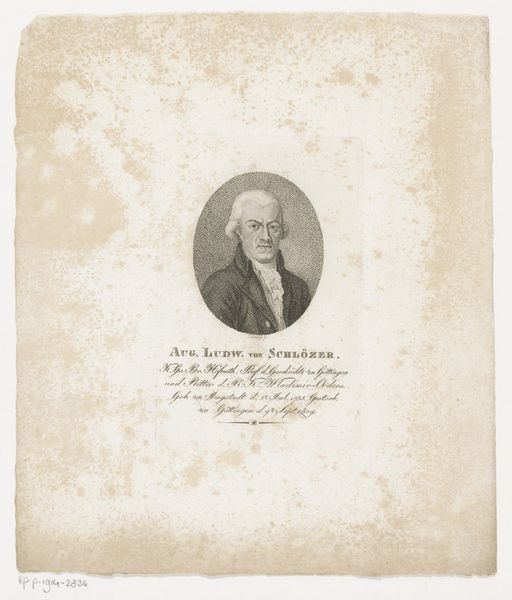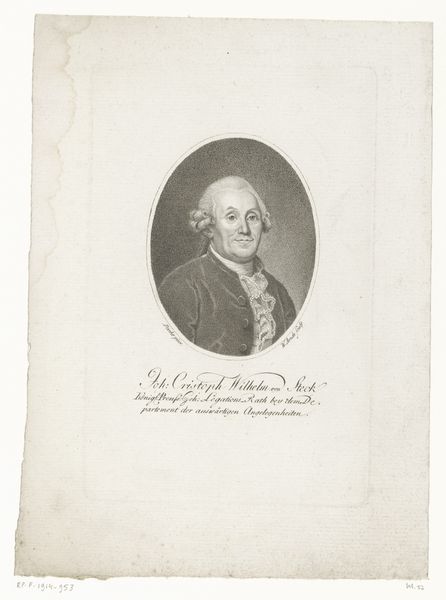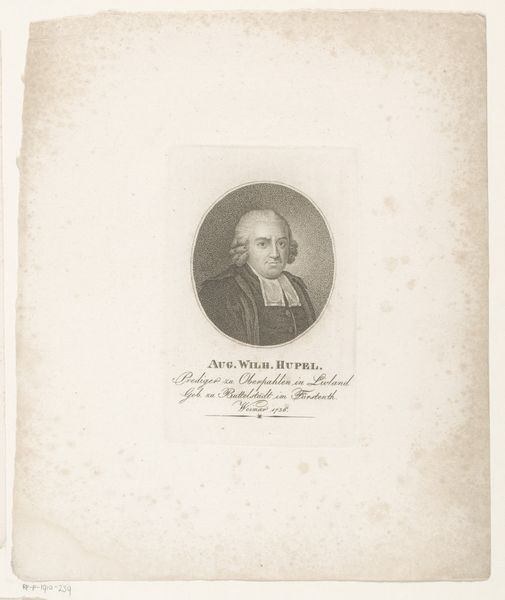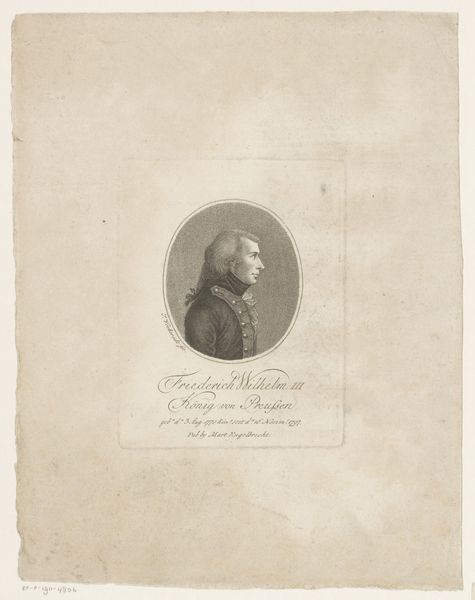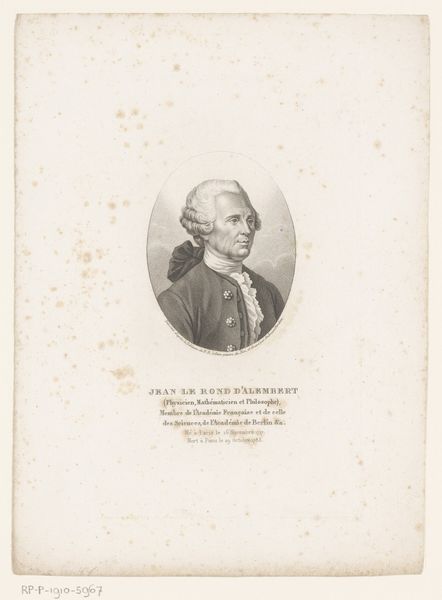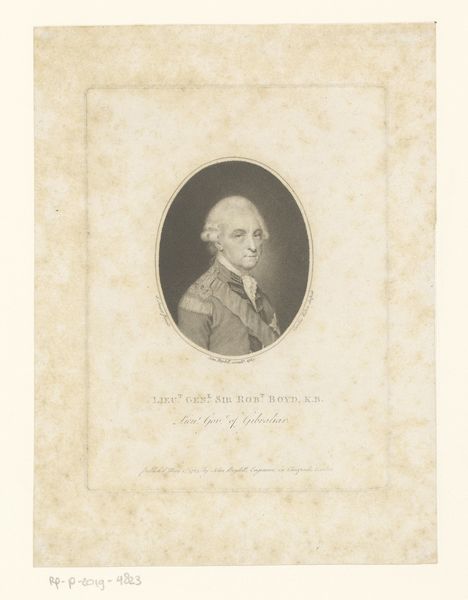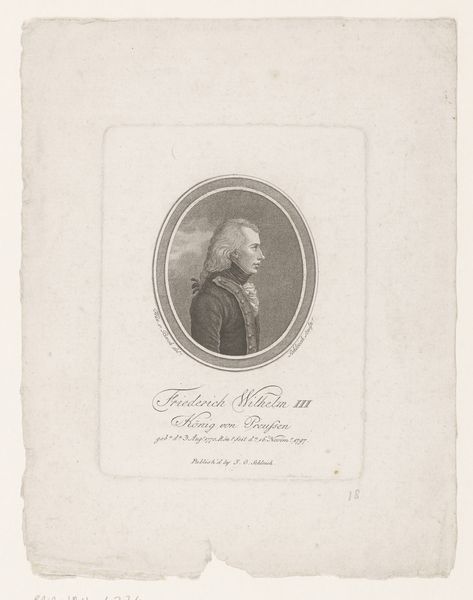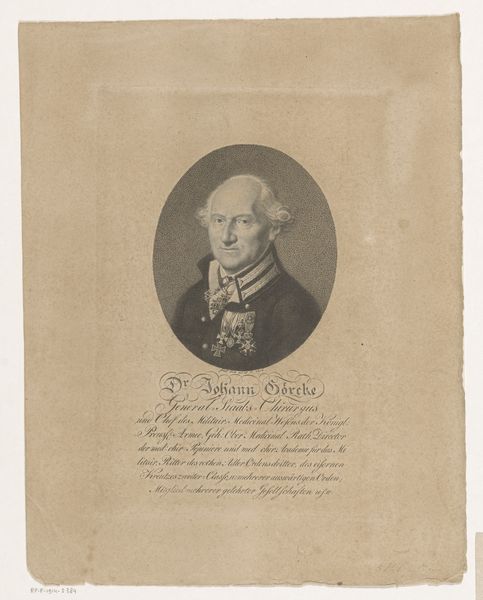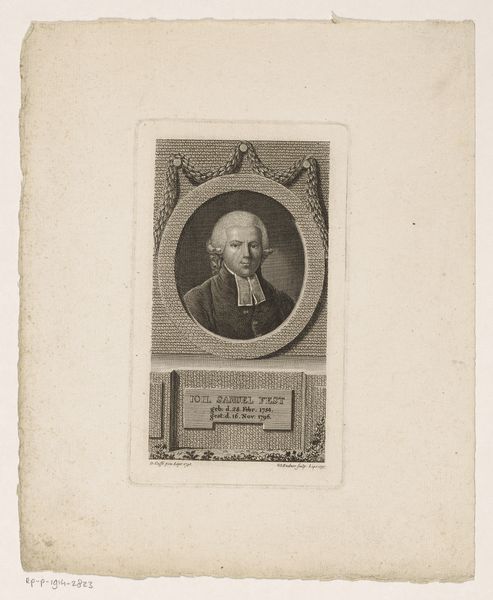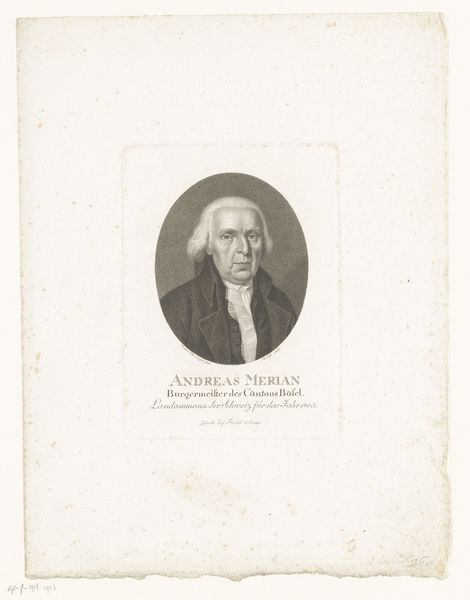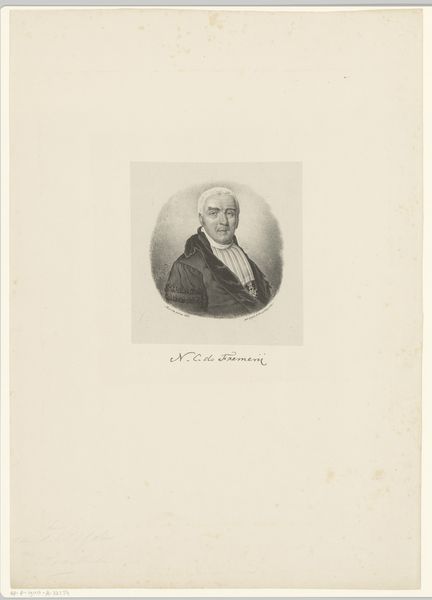
print, engraving
#
portrait
#
neoclacissism
# print
#
classical-realism
#
engraving
Dimensions: height 141 mm, width 88 mm
Copyright: Rijks Museum: Open Domain
Editor: Here we have an engraving entitled "Portret Ludwig von Schedius," dating from around 1792 to 1850, by A. Burckhardt. It’s a very formal, almost stoic, depiction. How do we unpack the story behind such a conventional image? Curator: Let’s consider the historical moment. This portrait adheres to neoclassical ideals: rationality, order, and the celebration of prominent figures. The subject, Ludwig von Schedius, was a philosopher and professor of aesthetics. How do we understand the social role such an image plays, particularly in a time of significant social upheaval and changing class structures? Editor: So, it’s not just about capturing a likeness? Curator: Precisely. It’s about constructing an identity, projecting power, and reinforcing social hierarchies. Consider how the neoclassical style, with its emphasis on reason and order, served as a visual language of the elite. Think about the French Revolution happening during this period. Does this portrait perhaps subtly convey a particular political ideology, a reinforcement of traditional values against the tide of revolutionary thought? Editor: That’s fascinating. It’s like the image is consciously projecting stability in the face of chaos. It makes you wonder what anxieties it might be trying to quell. Curator: Exactly! The apparent simplicity often obscures complex power dynamics. And consider the medium: the print. What did it mean to disseminate images of authority in this way? What implications did printmaking technology have at the time in terms of social reform? Editor: It democratizes the image, allowing wider access, yet it still maintains this air of exclusivity through style and subject matter. Curator: A crucial tension. Examining such historical markers reminds us that portraiture never existed in a vacuum but as an active participant in the social and political dialogues of its time. Editor: This really highlights the importance of looking beyond the surface and understanding the social and historical currents that shaped the creation and reception of art. Thank you.
Comments
No comments
Be the first to comment and join the conversation on the ultimate creative platform.

